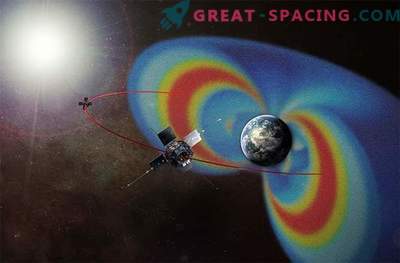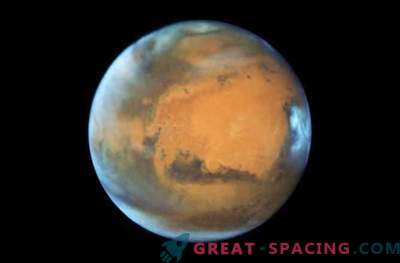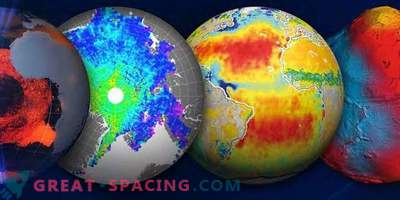
In the image from the International Space Station, orange bands of air emission are visible in the earth's atmosphere. A new experiment by NASA on the study of atmospheric waves will monitor this phenomenon from the height of the orbital station to improve space weather forecasts.
NASA has chosen a new mission that will help scientists understand and learn how to accurately predict the space weather around the Earth. This is important because space weather can adversely affect technologies and astronauts, disrupt radio communications and electrical networks.
The AWE mission (Atmospheric Wave Experiment) will cost $ 42 million, and its launch is scheduled for August 2022 from the outer side of the orbital station. Being at the height of the ISS, AWE will focus on the multi-colored bands of light in the earth's atmosphere - air glow. This will make it possible to understand which combination of forces controls the space weather in the upper atmospheric layers.
Previously, researchers believed that only a constant outflow of UV light and solar particles (solar wind) could have an effect. But recently they learned that solar variability is not enough to manage the observed changes and the earth's weather should also somehow influence. To solve the puzzle, AWE will study how the waves in the lower atmospheric layers affect the upper atmosphere. AWE operates under the NASA Geoscience Research Program, which conducts targeted research and develops tools to fill the scientific gaps between major agency missions. Since its launch in 1958, Explorer-1, which discovered the Earth’s radiation belts, has supported more than 90 missions.
NASA also chose a space experiment on the Sun's Radio Interferometer (SunRISE) for a 7-month extended study. This is a set of 6 satellites of the CubeSat model, functioning as a single large telescope. The mission will study how large-scale space storms from the Sun are accelerating and releasing into planetary space.
The SunRISE mission has not yet demonstrated readiness for the next stage of development, but they see great potential in the concept.











































